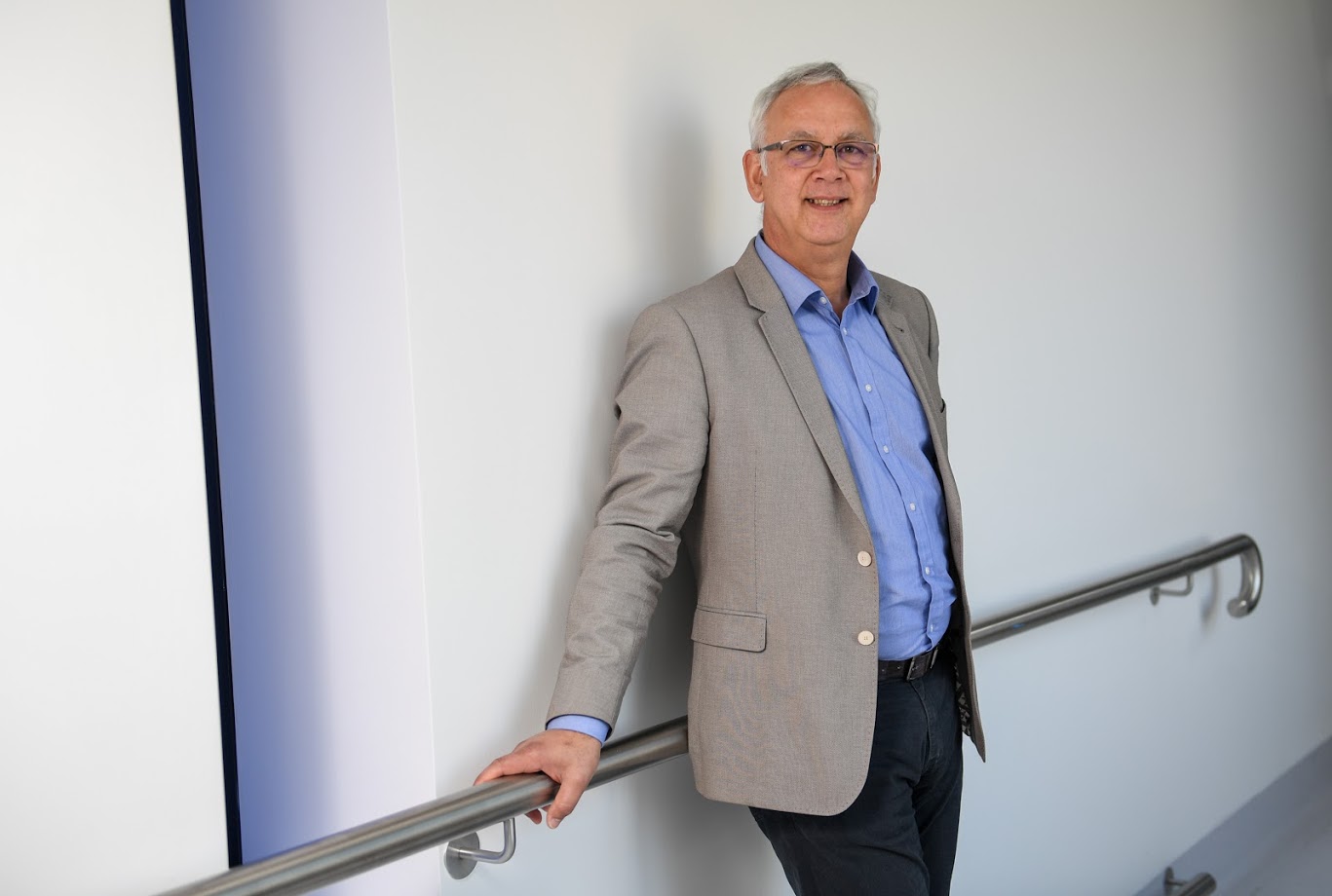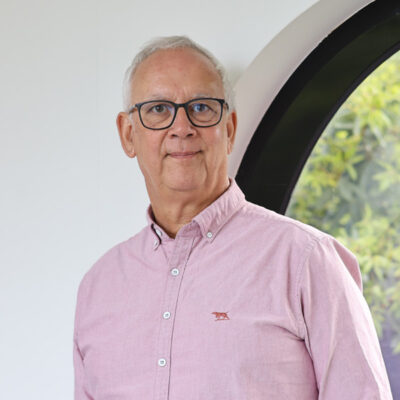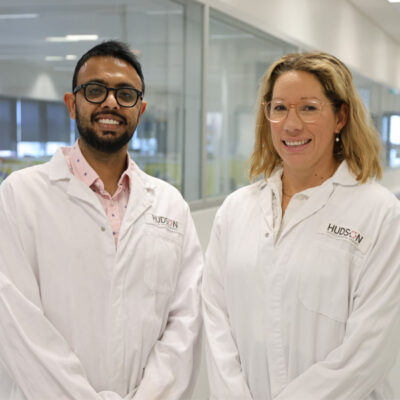Finding impacts disorders of sex development
By Hudson Institute communications. Reviewed by Professor Vincent Harley

Changes in a gene linked to skeletal problems in humans could also be important for disorders of sex development (DSD), according to new research.
Hudson Institute scientists leading this research, Dr Daniel Bird and Professor Vincent Harley, have recommended that the gene, FGF9, be included in diagnostic screening panels to determine the genetic origin of DSD in patients.
Until now, human gene changes in FGF9 – fibroblast growth factor 9 – have been linked only to a skeletal disorder called synostosis which affects the skull and limb joints.
However, examining the same human gene changes in laboratory preclinical models showed that testes development was disrupted, and in some cases, ovaries formed instead. The findings were published in the journal, Human Molecular Genetics.
“Our work reveals that humans with these synostosis-causing FGF9 gene changes may, on occasion, cause testicular abnormalities. This prompts the need for clinicians to examine these patients not just for skeletal problems but also genital malformations or infertility,” Prof Harley said.
“Our work also indicates that FGF9 needs to be included in the diagnostic gene panels used to determine the genetic origin of DSDs,” he said.
This study impacts on the specific DSD called ‘46,XY Gonadal Dysgenesis’, where testis development is disrupted in chromosomally male (XY) individuals. In extreme cases this can lead to a switch from testes to ovarian development (complete sex reversal), where XY babies develop as females. It also involves the skeletal disorders called Crouzon syndrome and multiple synostoses syndrome.
“Our work focuses on identifying the genes which determine the sex of a baby during gestation. It is hoped that by discovering the full repertoire of these genes, clinicians can better treat individuals with disorders of sex development (DSDs), who often lack a genetic diagnosis,” said first author, Dr Bird.
“Hopefully, our work will prompt clinicians to assess individuals with skeletal disorders such as Crouzon and multiple synostoses syndromes early in life for genital defects,” Dr Bird said. “This early detection will better inform clinicians’ and patients’ treatment choices and family planning decisions.”
DSDs are complex genetically and clinically, with potentially hundreds of different causes. DSDs can make it unclear if a newborn is a boy or girl. While some causes are mild, and decisions on potential treatment can wait until the child is older, some are life-threatening. A quick diagnosis and action is ideal, but this can be problematic. Patients consistently enter a ‘diagnostic journey’ of tests.
As DSD is a complex condition that is difficult to diagnose, the management and treatment for patients can be hindered. Over the past six years, scientists have identified variations in 40 genes related to DSD.
In 2019, Prof Harley and co-workers, Dr Nayla Leon and Dr Alejandra Reyes, published new clinical guidelines to assist with these difficult decisions.
DSD facts
About 1 in 5000 babies are born with disorders of sex development (DSDs), or intersex, where their genetic, hormonal or physical sex characteristics (genitals, gonads and chromosome patterns) are not typically male or female.
Collaborators | Tokyo Medical and Dental University, Tokyo, and the Research Center for Experimental Medicine, Shanghai, P.R. China, Institute for Molecular Bioscience, University of Queensland, Brisbane
This research was supported by | NHMRC (Program Grant and Project Grant)
Journal | Human Molecular Genetics
Title | Ovotesticular disorders of sex development in FGF9 mouse models of human synostosis syndromes
View publication | https://doi.org/10.1093/hmg/ddaa100
About Hudson Institute
Hudson Institute’ s research programs deliver in three areas of medical need – inflammation, cancer, women’s and newborn health. More
Hudson News
Get the inside view on discoveries and patient stories
“Thank you Hudson Institute researchers. Your work brings such hope to all women with ovarian cancer knowing that potentially women in the future won't have to go through what we have!”





